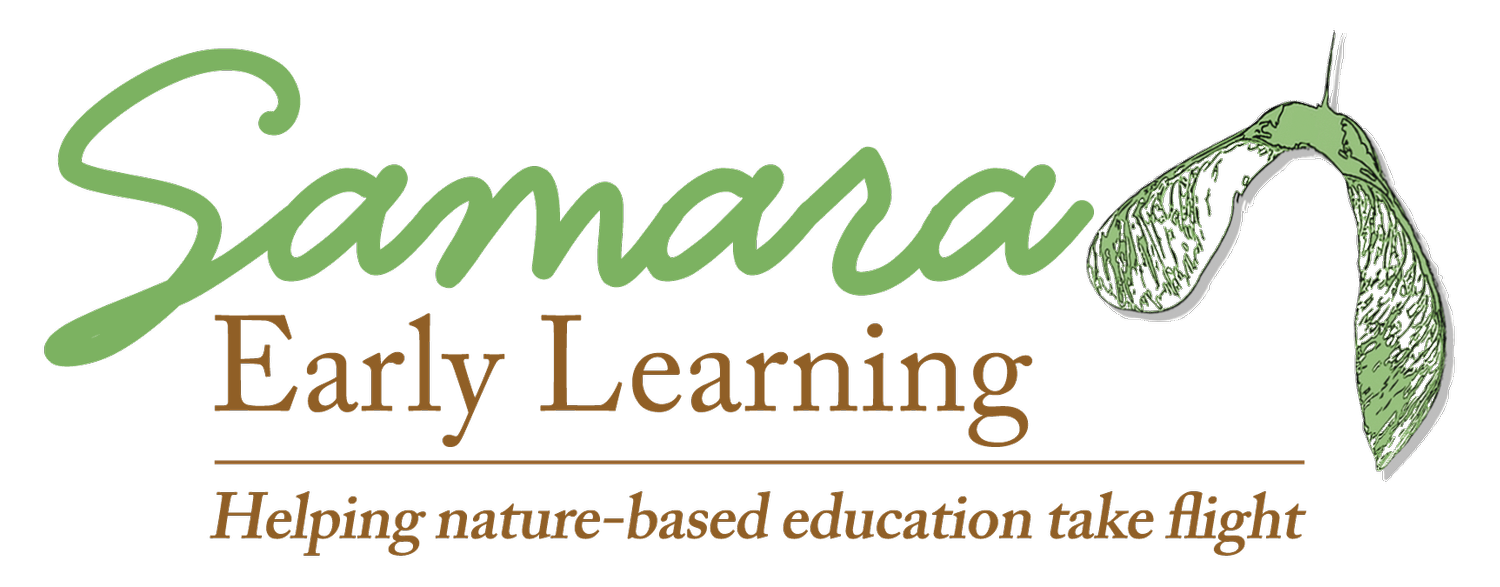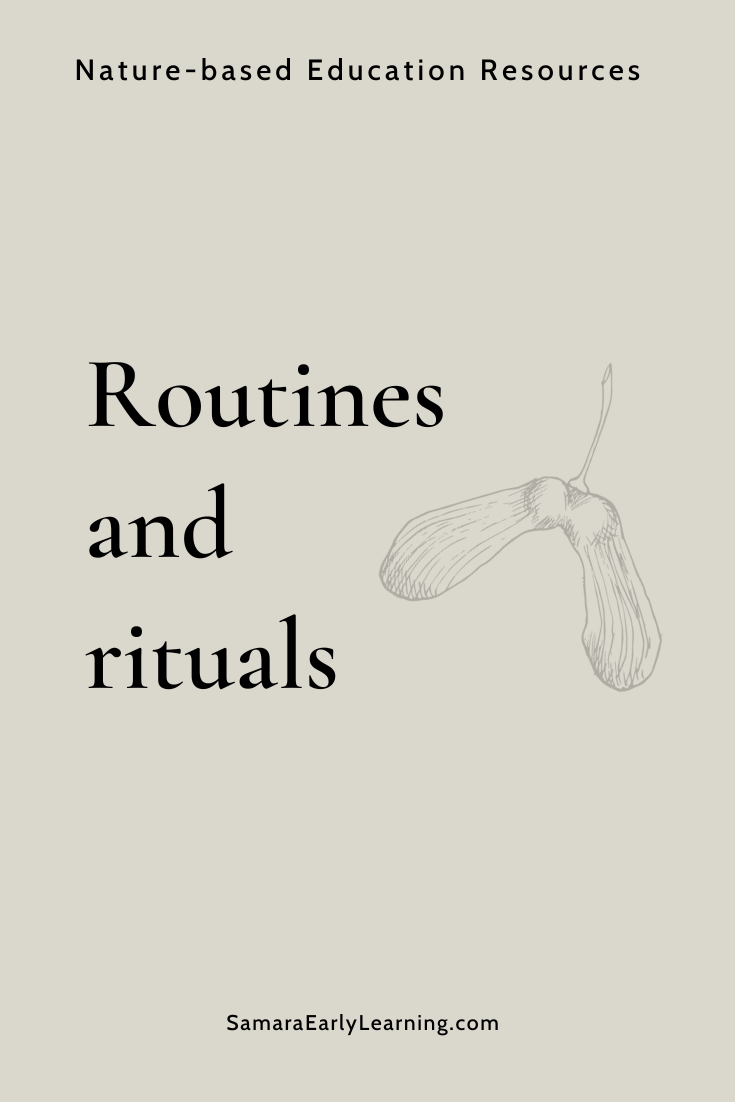Routines & rituals
This post originally appeared in Dr. Rachel A. Larimore’s weekly Samara newsletter on September 12, 2023. If you’re interested in receiving these emails, scroll to the bottom of this page to subscribe. Please note, this post may include affiliate links. If you click through and pay for a product, Samara Early Learning will be compensated at no cost to you.
Our class days are packed with routine–the regular procedures we do day in and day out. These routines often feel like “the things we have to do.”
But what if we intentionally worked to make those routines a time for connection? Particularly those parts of the routine that involve the entire class? In other words, what if we worked to create community and a sense of belonging by intentionally building rituals into our class day.
Rituals are about connection between people through eye contact, appropriate touch, presence, and playfulness. In an early childhood classroom, there can be rituals on an individual level, but most often they are experienced in a group. Rituals are those mindful moments when participants are fully present–physically, socially, and emotionally.
To be more intentional with creating rituals within your community, first reflect on the routines and rituals you do currently:
What happens daily in your program (no matter what)? (parent sign-in, outdoor free play, clean up after choice time, group meeting, bathroom break before Beyond, clothes changing, handwashing, snack, etc.)
When is the group fully present daily, on a more ongoing basis, and for special occasions? (bon appetit at snack, goodbye song, birthdays, celebrating big events in a child’s life, equinox, first day of snow, maple syrup season)
Once you’ve identified the current routines and rituals, consider:
Have any of the intended rituals become routine?
Where could routines involve more rituals or connection?
Where might additional (or less) time better align reality with your goals?
As you reflect, notice how you feel during different parts of your day. Does it feel like something to “get through” or does it feel like a time where everyone is fully present? Your emotional response can be good clues for answering the questions above.
There will always be routine activities in any classroom. So I’m not suggesting that everything become a ritual. I am, however, hopeful we can bring more community and a greater sense of belonging into our classrooms. This is, of course, for the benefit of children and families, but it is also for teachers!
Keep changing lives,
Rachel
Rachel A. Larimore, Ph.D., Chief Visionary of Samara Learning

